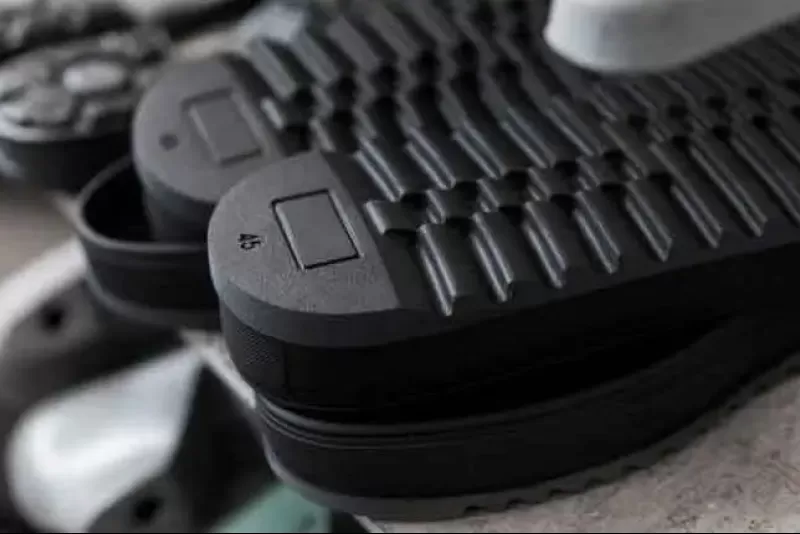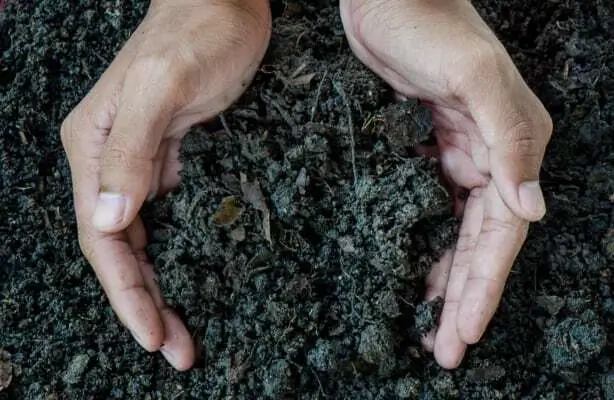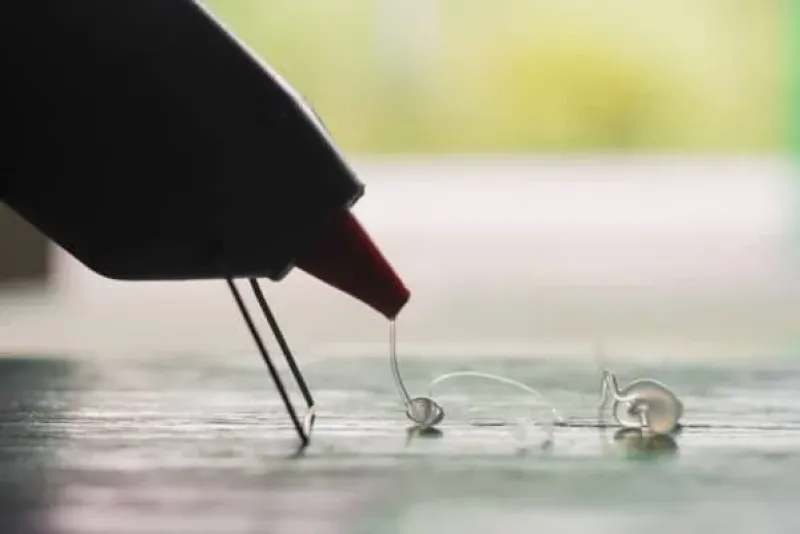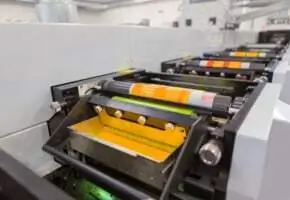Biobased adhesives and sealants

Biobased adhesives and sealants respond to the needs of the market
Due to growing world population and increasing living standards, the need for adhesives is greater than ever. At the same time environmental concerns and decreasing fossil resources discourage the use of fossil based materials. This has led to the development of biobased adhesives and sealants which work towards reduced carbon footprint while efficiently bonding different substrates.
Instead of relying on traditional fossil-based raw materials, bio adhesives and sealants consist of renewable, biobased materials such as starch, vegetable oils, proteins, lignin and natural resins. Not only are biobased adhesives and sealants environmentally friendly, but they also have beneficial mechanical and chemical properties that contribute to their efficiency.
Materials that make up bio based adhesives and sealants
The raw materials used in biobased adhesives and sealants are derived from biomass which is mostly produced by the agricultural and silvicultural processes. Consequently, these materials are climate-neutral and the finished bio based adhesives and sealants do not affect the environment. See the biobased materials that can replace petroleum based polymers, tackifiers and waxes in the table below.
| Biobased material type | Ingredients in biobased adhesives and sealants |
| Polymers | Soy protein Starch esters Polyamide Polylactide |
| Tackifiers | Pine rosin Terpene Citrus |
| Waxes | Soy Castor Dimerized fatty acids |
Different types of biobased adhesives and sealants
The term bio-based adhesives and sealants generally refers to systems that consist of biobased materials up to a certain point. The first biobased adhesive and sealant systems were general purpose, waterborne solutions that benefitted industries like packaging, furniture and textile. However, as the technology has advanced, there are now specific adhesive and sealant systems for specific industries. Currently, the packaging industry benefits the most from bio based adhesives and sealants.
The bio based adhesive and sealant systems are no longer limited to waterborne dispersions and emulsions, but they also exist as hot melt systems and pressure sensitive adhesive solutions.
From biobased to biodegradability and compostability
When biobased adhesives and sealants contain enough natural raw materials, they can be classified as biodegradable or compostable. These two terms are often used as synonyms, nonetheless, they are not exactly the same: the main difference is that biodegradable products break down naturally whereas compostable systems require a certain setting in order to break down.
Compostable or biodegradable bio based adhesive and sealant systems exist for example as heat seals and general packaging adhesives.
European Norms EN 16785 and EN 13432 assess bio-based adhesives and sealants
When biobased adhesives and sealants first were introduced, there were neither internationally acknowledged standards nor testing for biobased materials. In order to make it easier to define biobased materials and products that use them, several standards exist nowadays. The most important ones are the European Standards EN 16785-1 and EN 13432.

- EN 16785-1 verifies biobased content of products in two ways: by radiocarbon analysis and elemental analysis according to CEN/TS 16440 for Carbon- 14 component. The standard EN 16785-1 defines biobased as “derived from biomass”. The biobased adhesives and sealants are thus those partially or entirely made of materials derived from biomass. The standard covers a broad range of products since it is applicable to solid, liquid and gaseous compositions which contain carbon.
- EN 13432 evaluates biodegradability of adhesives and sealants by four tests: biodegradation, disintegration, ecotoxicity and heavy metals. An adhesive or sealants is biodegradable if 90% of the total mass of the adhesive is turns to CO2 within 180 days, the germination rate and plant biomass in the compost are more than 90% of those in the corresponding blank compost, the products resulting from composting process are suitable for enriching soil or do not harm floral growth in the area, and the heavy metals in the product do not exceed the limits set in the standard.
Certified bio based adhesives and sealants benefit manufacturers and buyers
Obtaining a biobased certificate helps manufacturers demonstrate the biobased content of their products on the labels. This increases the trustworthiness of the products and company in general.
As for the buyer, it is good to look for products that have biobased certification according to EN 16785 or another similar standard to be sure of the contents of the product.
Interested in bio-based adhesives and sealants?
Biobased adhesives and sealants are gaining more and more share on various markets ranging from wood and construction to paper and packaging. In case you would like to receive more information on biobased products, or like to enquire about a suitable biobased solutions for your process, do not hesitate to contact us.
What solution are you looking for?
We are specialized in the about adhesives. Need the best products or advice? Then please leave your details and we will get in touch.





